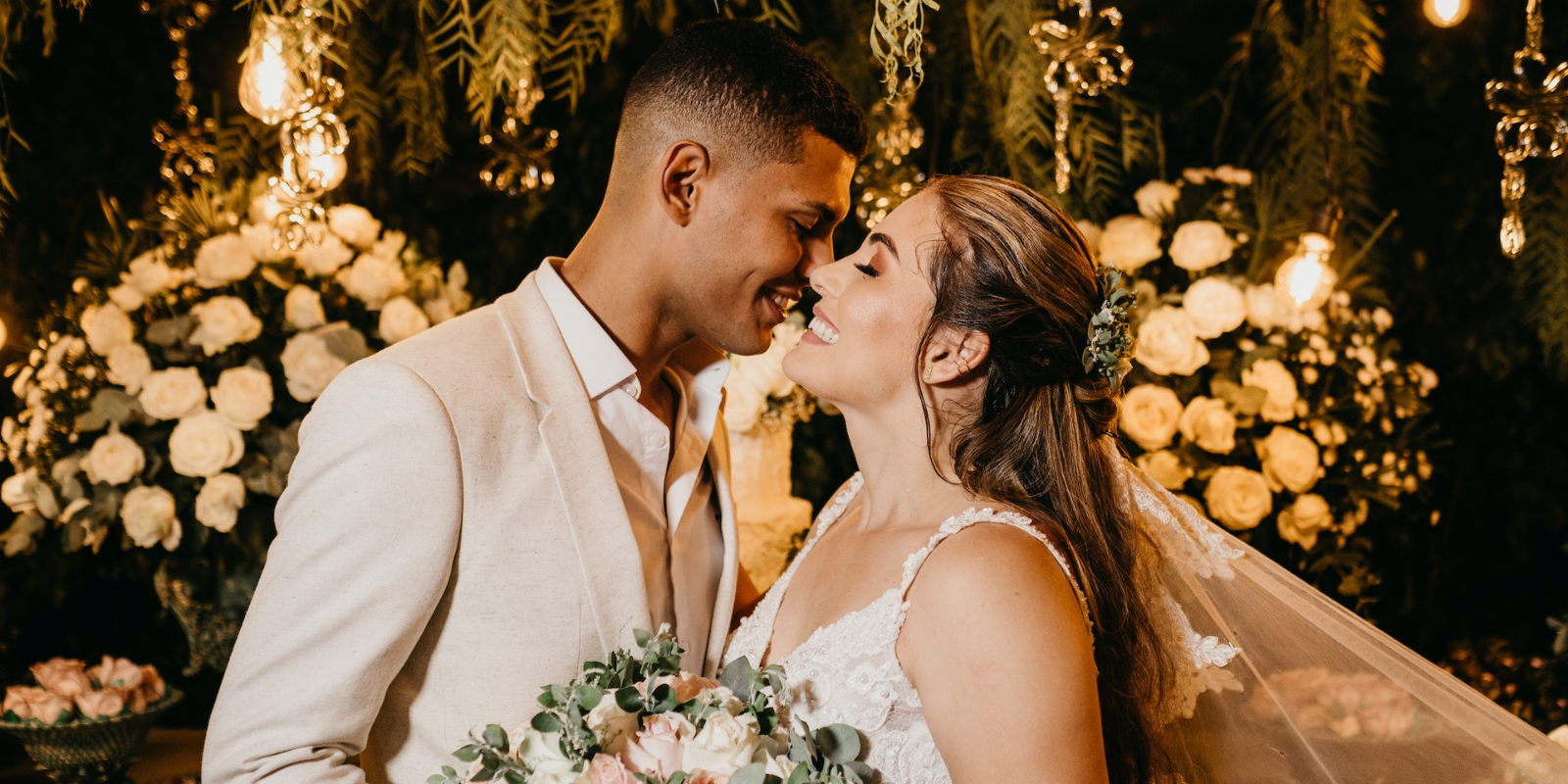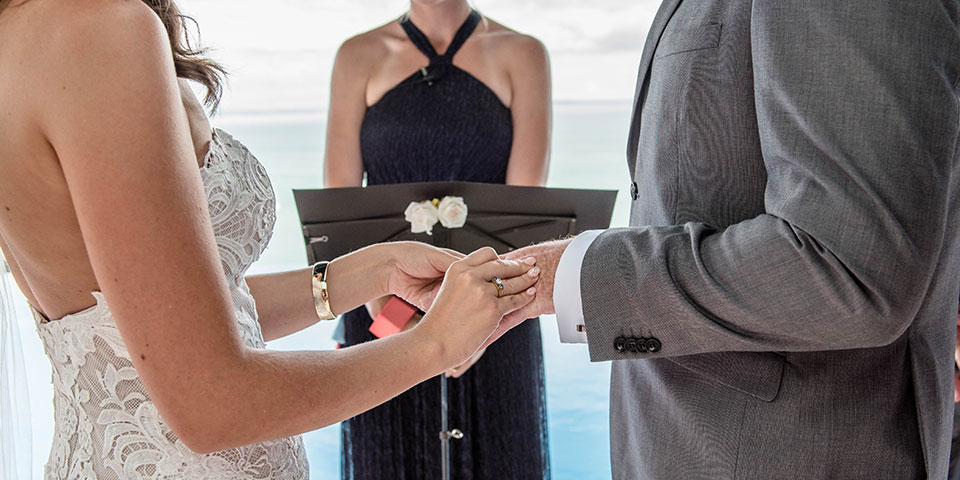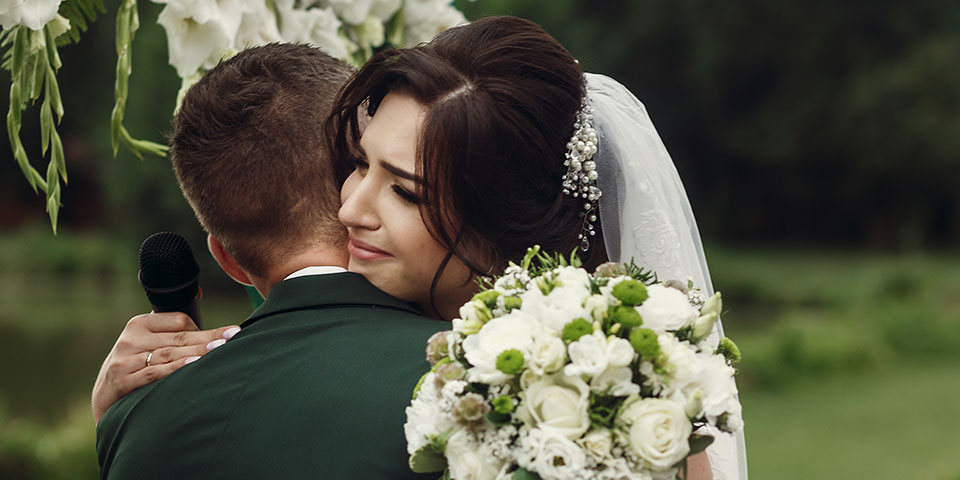Planning a wedding can be challenging at the best of times – but if you’re hosting a bilingual wedding, it can be even more complicated! When it comes to a bilingual wedding ceremony, how exactly do you accommodate both languages?
A bilingual wedding ceremony should celebrate both cultures equally, while also ensuring all of your loved ones feel welcome. From working with a bilingual celebrant to incorporating cultural traditions and helpful signage, read on as we share our top tips for planning the perfect bilingual wedding ceremony below.
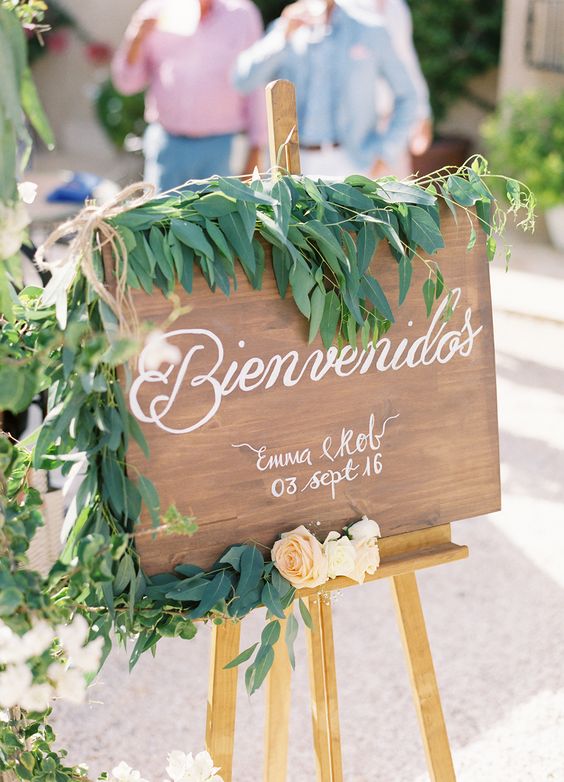
What is a Bilingual Wedding Ceremony?
First things first – what is a bilingual wedding ceremony, and why are they so important for multicultural weddings?
Simply put, a bilingual wedding ceremony is when a couple is coming together from different cultural backgrounds to get married, and want to incorporate both languages into their nuptials. Along with the spoken language, a bilingual wedding ceremony can also include other cultural elements such as music, dancing or meaningful customs and traditions.
Hosting a bilingual wedding ceremony is a great way to ensure all of your guests feel included, regardless of their native language. This is particularly important if loved ones have traveled to attend your event, and may only speak in their native tongue.
A bilingual wedding ceremony will not only bring both families together but also allows your loved ones to participate in the proceedings without feeling confused or isolated. While planning a bilingual ceremony may require some extra time and effort, the end result is absolutely worth it for you and your guests!
How to Plan a Bilingual Wedding Ceremony
There are several ways to plan a bilingual wedding ceremony that bridges the language gap between your guests, while also ensuring nothing gets lost in translation. And while they may seem like small details, they can make all the difference in helping your loved ones feel welcome.
The practicalities of planning a bilingual wedding ceremony will depend on a few things. Consider the following questions as a starting point to create a plan for your bilingual ceremony:
- What is the primary language you and your partner use to communicate?
- Which languages are spoken by your guests? Is there a clear majority, or an even split?
- Do you have any “VIP” guests that only speak in their native language (eg. parents or grandparents?)
These questions will help you determine the best way to accommodate the needs of your various guests. For example: if both sides of your family speak different languages, you’ll want to tailor your entire ceremony to reflect this. But if you only have a couple of guests who speak the second language, you can make some special arrangements for them.
Now that you’re ready to move forward, here are some practical ideas to help you plan a thoughtful bilingual ceremony that incorporates both languages.
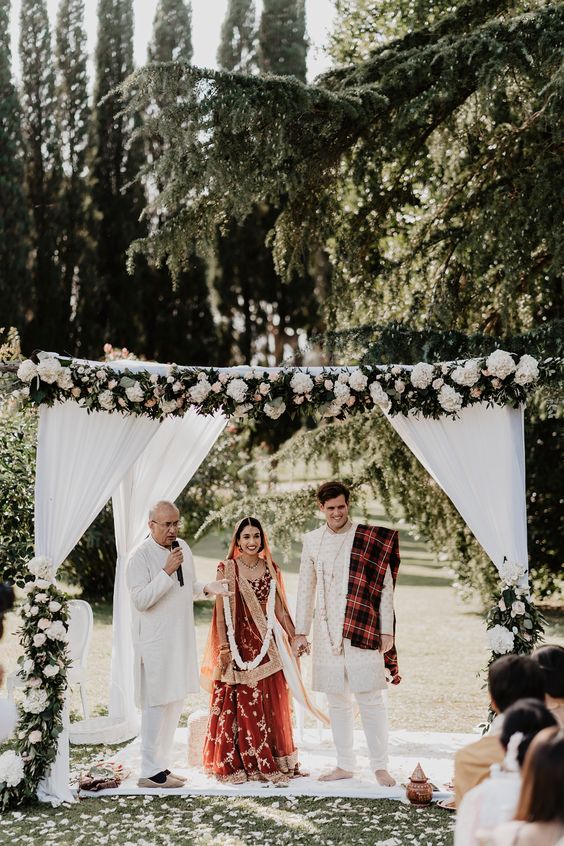
Hire a Bilingual Wedding Celebrant
Working with a bilingual wedding celebrant is one of the easiest and most effective ways to host a bilingual wedding. A bilingual celebrant will be able to switch seamlessly between both languages and can ensure all of your guests understand what is happening.
Your celebrant will work with you leading up to the day to write a ceremony script that incorporates both cultures. You may want them to alternate between both languages, or simply speak in one language while adding translations for the most important parts of your ceremony. A good bilingual celebrant will be able to suggest the best way to communicate with your loved ones, regardless of their native language.
Incorporate Special Readings
Another way to plan a bilingual ceremony is by incorporating special readings throughout your nuptials. You may decide to host the majority of your ceremony in one language, but ask a significant family member to say a special reading or poem in their native tongue.
Include Meaningful Customs and Traditions
Similarly, it can be a great idea to incorporate some special customs or traditions throughout your ceremony to make guests of both cultures feel connected to the proceedings. You may want to sit down with your families on both sides prior to your wedding to see if there are any important cultural traditions they would like you to include on the day.
It can also be helpful to explain these customs to your guests so nobody feels excluded. You can ask your celebrant to share this information during your ceremony or even include the details in advance via your wedding website. You may want to create a detailed FAQs page on your wedding website that highlights any cultural traditions that will be happening on the day, so everyone has a shared understanding and can participate.
Check out our guide on what to include on a multilingual or bilingual wedding website here!
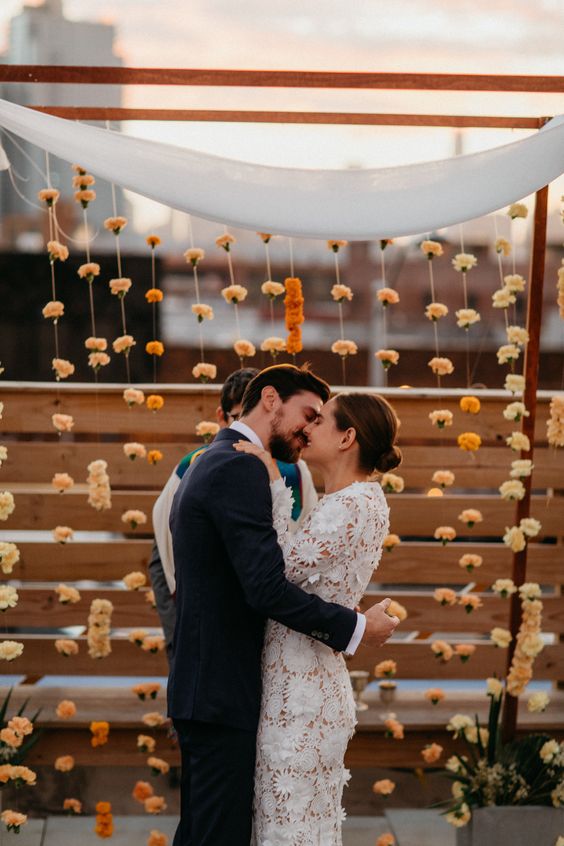
Recite Bilingual Vows
Another sweet way to honor both cultures is for you and your partner to recite your vows in the other’s native language, which can also be a very romantic gesture. Your guests from both sides will definitely appreciate the effort involved in learning their native language for the occasion.
Hire a Translator
Hiring a professional translator can be a good option if the majority of your guests speak the same language, but you have certain loved ones that only speak in their native tongue. Your translator can stand up by your celebrant during your nuptials to translate the entire ceremony, or simply sit beside the guests who speak the second language.
Include Bilingual Signage and Ceremony Programs
Including thoughtful wedding day signage is an important way to incorporate both languages in your ceremony. Consider printing double-sided ceremony programs that include both languages, so all of your guests can follow along with the proceedings.
You can also use bilingual signage for other elements of your day, such as your welcome sign, menus, directional signs, bar signage, and seating chart. This will help your loved ones confidently navigate their way throughout your event, without feeling lost or confused.
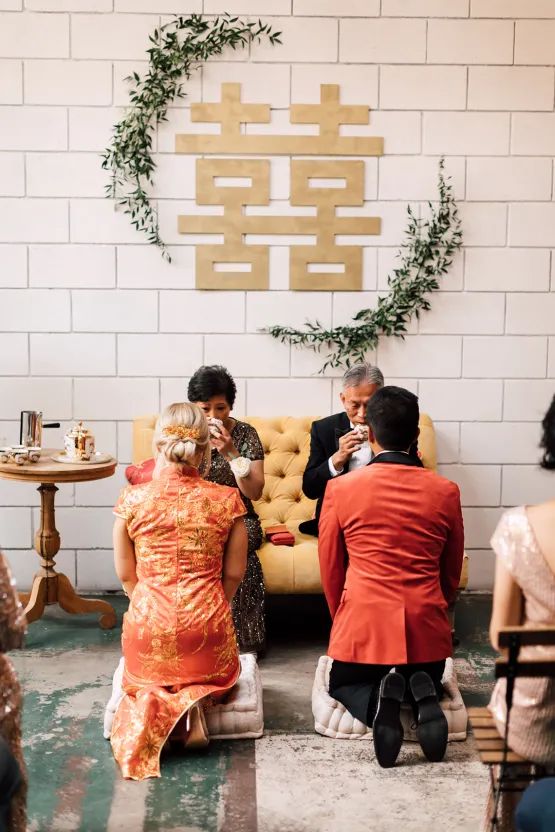
Use Songs From Both Languages
Another way to celebrate both cultures at your wedding ceremony is to include a mix of songs featuring both languages. There are several opportunities to incorporate music both before, during and after your ceremony. For example:
- Background music before the ceremony begins
- The processional (walking down the aisle)
- Signing of the marriage certificate
- The recessional (walking back up the aisle)
- Background music for post-ceremony drinks
If you’re not sure where to source music, ask your family members from both sides for their suggestions!
Utilize a Bilingual Wedding Website
As mentioned earlier, utilizing your wedding website is a great way to prepare your guests on what to expect at your bilingual wedding ceremony. Not only can you share significant customs or traditions, you can also explain any important etiquette details your guests should know to avoid any cultural faux pas. A cheat sheet of common phrases to help them mingle throughout the day can also be very helpful!
Our bilingual wedding website builder here at WedSites is the easiest way to share wedding day details with a multicultural guest list. Choose from our range of modern templates, and use our drag-and-drop website builder to customize your website colors and fonts, upload images, add and remove pages and more. Then, translate your wedding website into different languages as needed, and assign personalized views for each guest.
Your guests will be able to experience your wedding website in their native language (no clunky paragraphs or awkward translations required!). You can also use our platform to send bilingual wedding invitations and collect online RSVPs, creating a seamless, user-friendly experience for your entire guest list – regardless of their native language.
Read more about our bilingual wedding website features here.
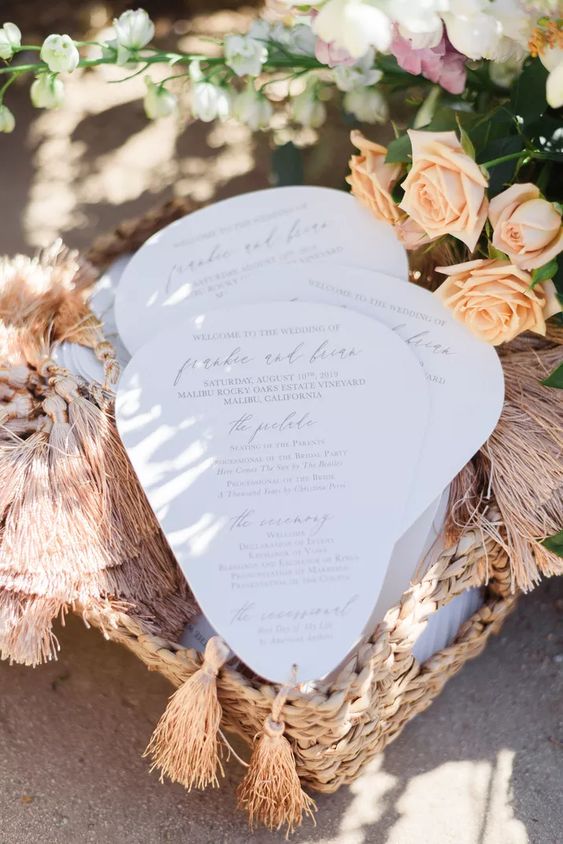
Planning a Thoughtful (and Practical) Bilingual Wedding
Along with your wedding ceremony, there are countless ways to celebrate both cultures on your special day. From your wedding decor to your catering and music selections, a bilingual wedding is a beautiful opportunity to shine a spotlight on your cultural backgrounds.
Need some inspiration? Check out our ultimate guide to planning a thoughtful (and practical) bilingual wedding here!
